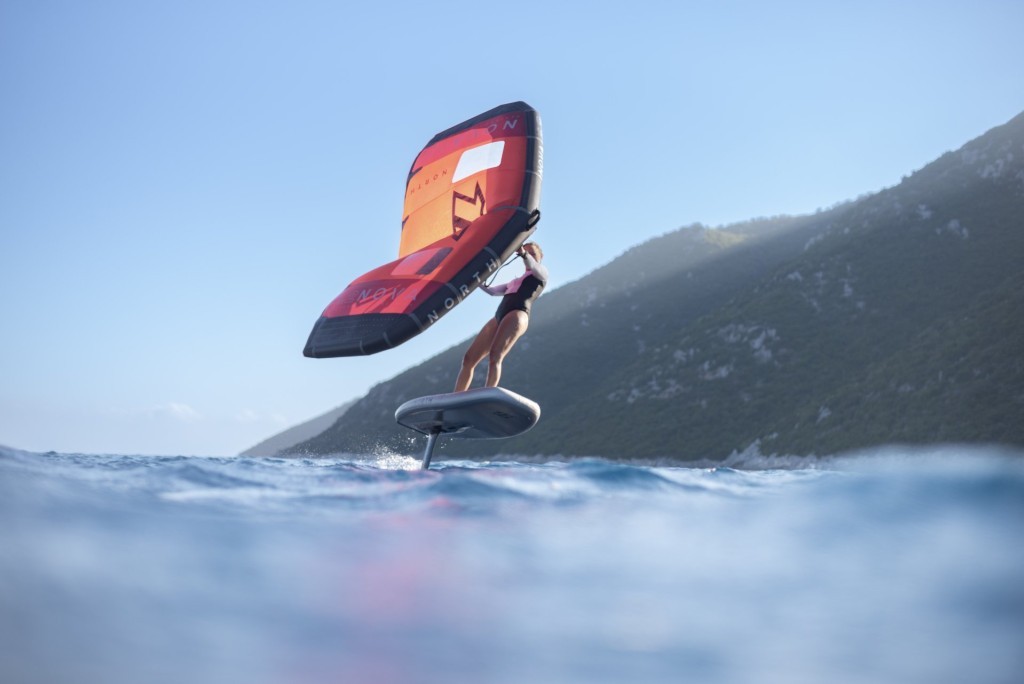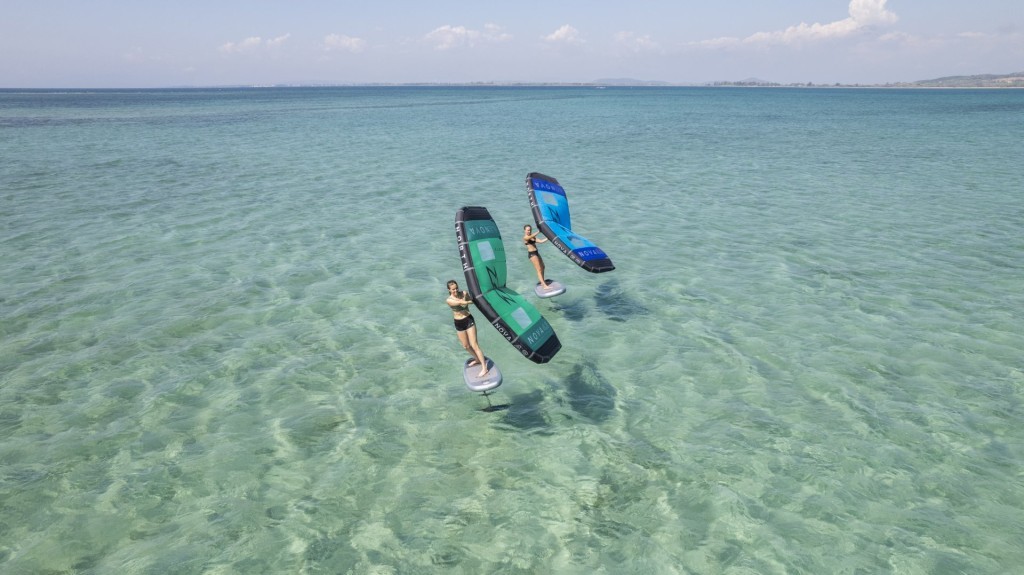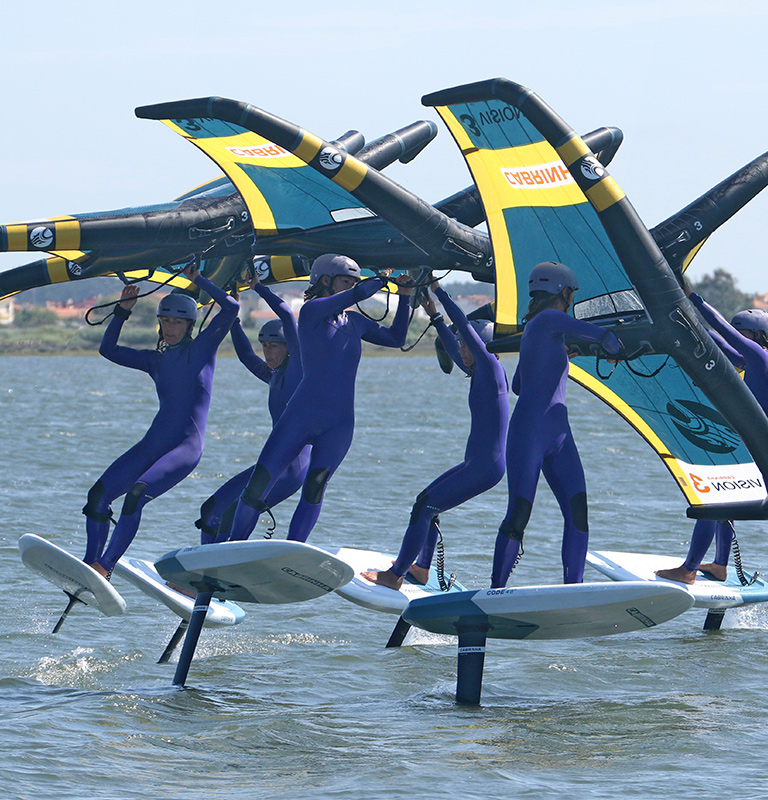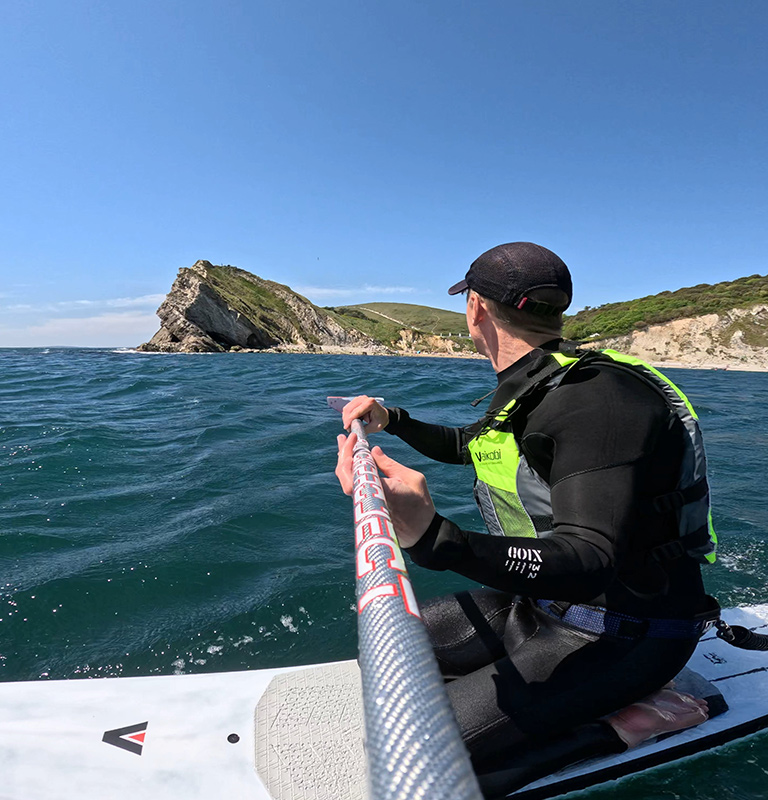How Difficult is Wing Foiling?
Wing foiling is a relatively new and exciting water sport that combines elements of windsurfing, kiteboarding, and hydrofoiling. It involves riding a board with a hydrofoil underneath while holding onto a hand-held wing and using the wind to propel yourself across the water. While it may look challenging, with the right training and practice, lots of people find that wing foiling is an extremely fun and rewarding sport.
Like any new sport, there is a learning curve to wing foiling, and beginners should be prepared to spend some time and effort developing their skills. The initial challenge for most people is simply learning to balance on the board while holding onto the wing. This requires a combination of core strength, balance, and coordination and can take some time to master.
Once you have the basic balance and control skills down, the next step is to learn how to use the wind to control your speed and direction. This involves adjusting the angle of the wing and shifting your weight on the board and can take some practice to get the hang of. Once you can control the wing and board, it is time to increase the speed and start to use the hydrofoil to fly above the water.
Another challenge with wing foiling is dealing with changing wind conditions. Because wing foiling relies on the wind to propel you across the water, you will need to learn how to adjust your technique and equipment to suit different wind strengths and directions. This can take some trial and error and may require you to invest in different wings, boards and hydrofoils to suit different conditions.
Despite these challenges, many people find that wing foiling is a highly rewarding sport that provides a unique and exhilarating experience on the water. With the right training and practice, anyone can learn to wing foil, and it can be a great way to stay fit, enjoy the outdoors, and explore new places on the water.
It is important to note, however, that wing foiling, like any water sport, can be dangerous if proper safety precautions are not taken. Riders should always wear a lifejacket or personal flotation device and should only ride in conditions that are appropriate for their skill level and equipment. It is also important to be aware of potential hazards such as rocks, boats, or other riders and to always ride with a partner or in a group if possible. By taking these precautions and practising safe riding habits, you can enjoy the thrill and excitement of wing foiling while minimizing the potential for injury or harm.











